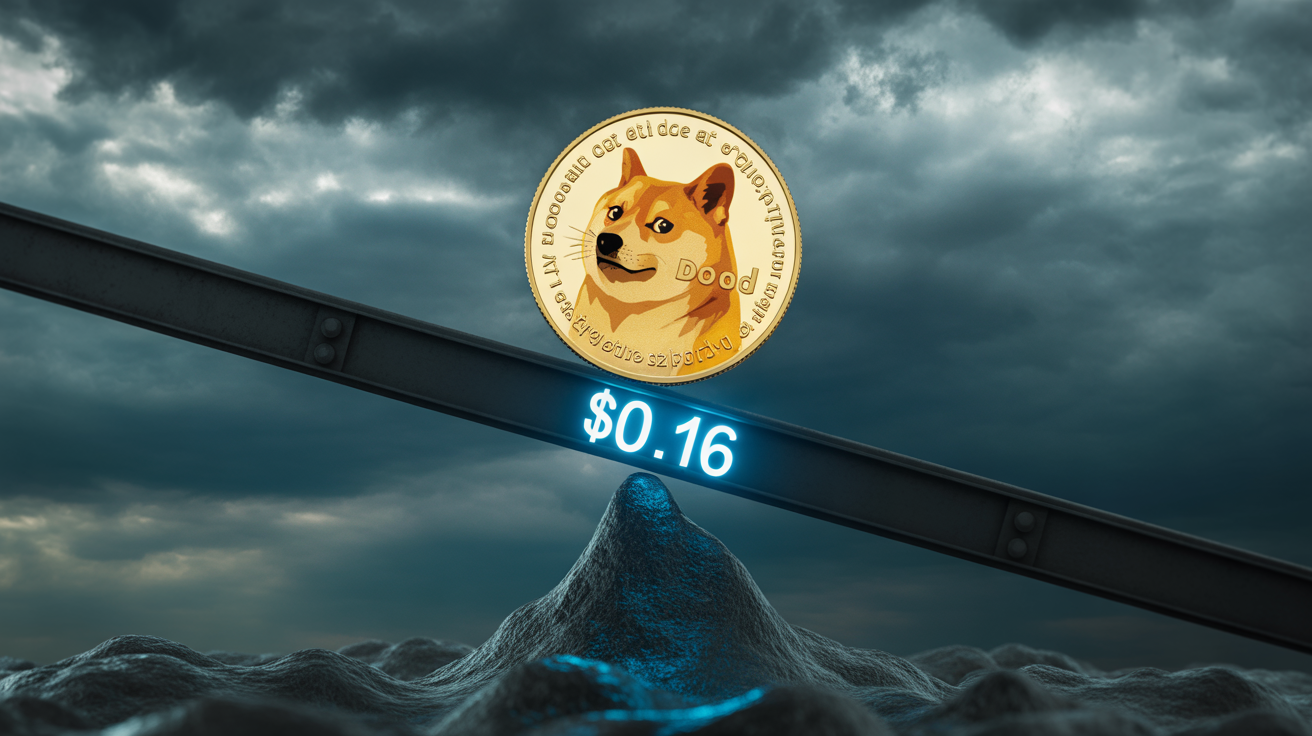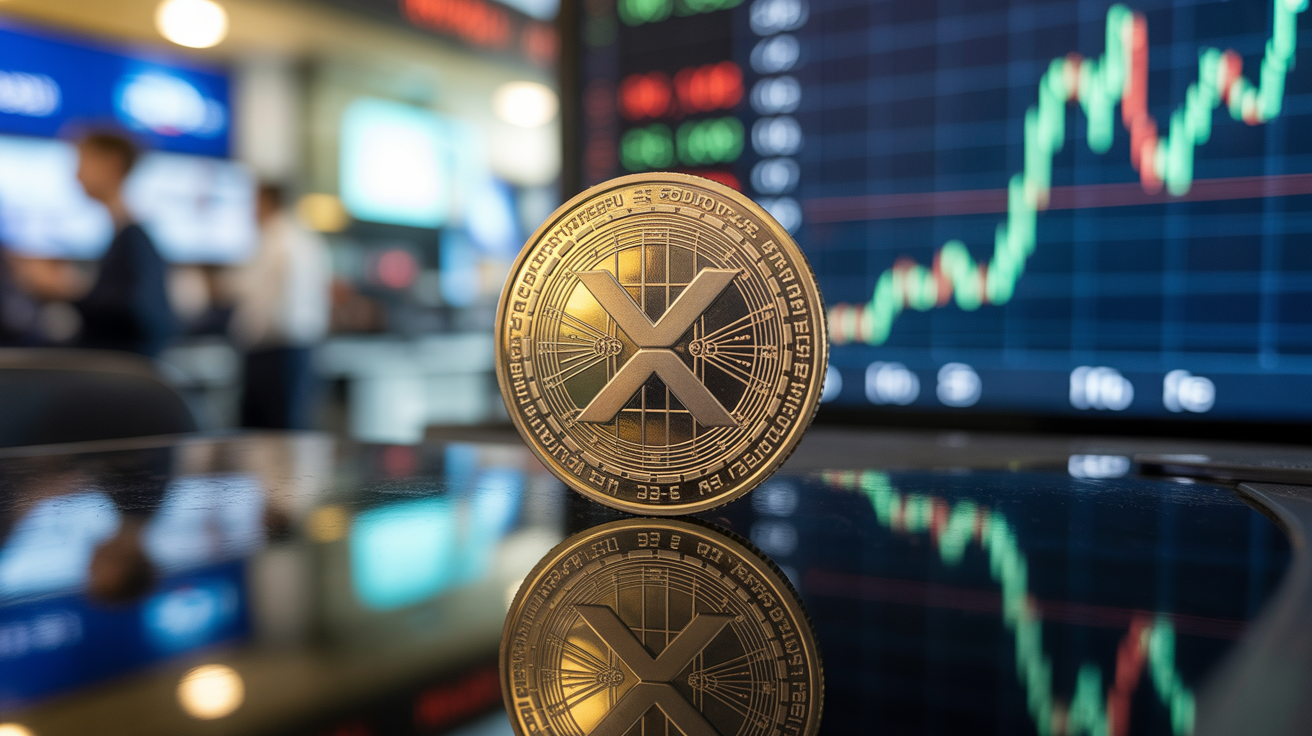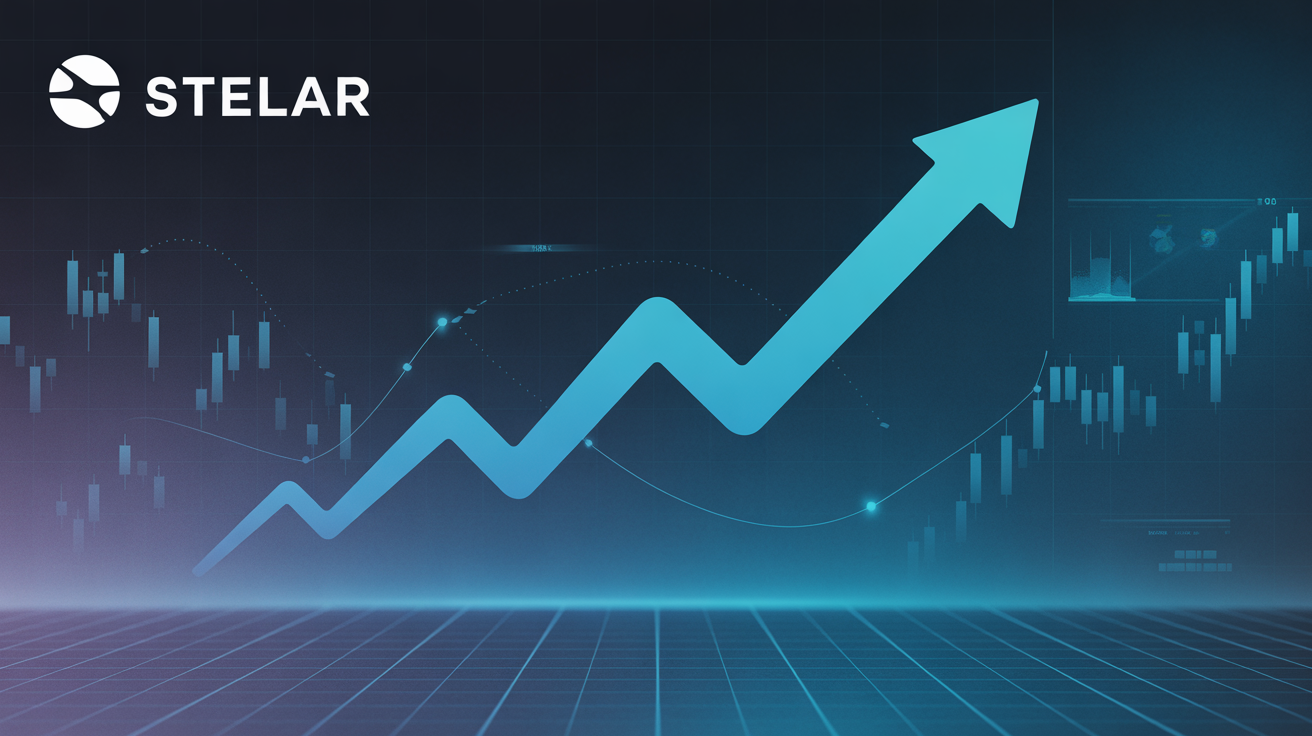Fartcoin Cracks Top 10 in Derivatives Open Interest, Underscores Speculative Risk in Memecoin Market
A sharp rise in derivatives activity tied to smaller cryptocurrencies is raising red flags for market participants, with Solana-based memecoin Fartcoin (FARTCOIN) emerging as a standout example of speculative excess.
According to data from Coinglass, Fartcoin has surged into the top 10 cryptocurrencies by open interest in derivatives markets, with notional open interest in its futures exceeding $1 billion. That places the token ahead of more established digital assets including Litecoin (LTC), Chainlink (LINK), and Avalanche (AVAX), which serve foundational roles in decentralized finance, blockchain infrastructure, and payments.
Fartcoin’s derivatives open interest now represents approximately 65% of its total market capitalization of $1.62 billion, despite ranking just 83rd globally by market value. In contrast, bitcoin’s $84.7 billion in derivatives open interest amounts to only 3.5% of its $2.36 trillion market cap.
The extreme ratio between open interest and market capitalization highlights heightened speculative behavior — a pattern typically observed during bull market peaks when traders flock to lower-priced tokens in hopes of outsized returns.
“From the Top 300 down, open interest becomes disproportionately high compared to market cap — a strong risk signal,” Alphractal founder and CEO wrote on X. “These altcoins will eventually liquidate 90% of traders, whether long or short. They’re also much harder to analyze with consistency.”
The trend isn’t isolated to Fartcoin. A number of small-cap tokens are displaying similarly elevated derivatives activity, pointing to increased market fragility and potential for sharp unwinds. While leveraged trading can amplify gains, the current setup may leave retail traders especially vulnerable to forced liquidations and volatility spikes.
As speculative interest accelerates, analysts warn that these inflated derivatives positions could result in sudden corrections — especially in assets that lack strong fundamentals or real-world utility.




























